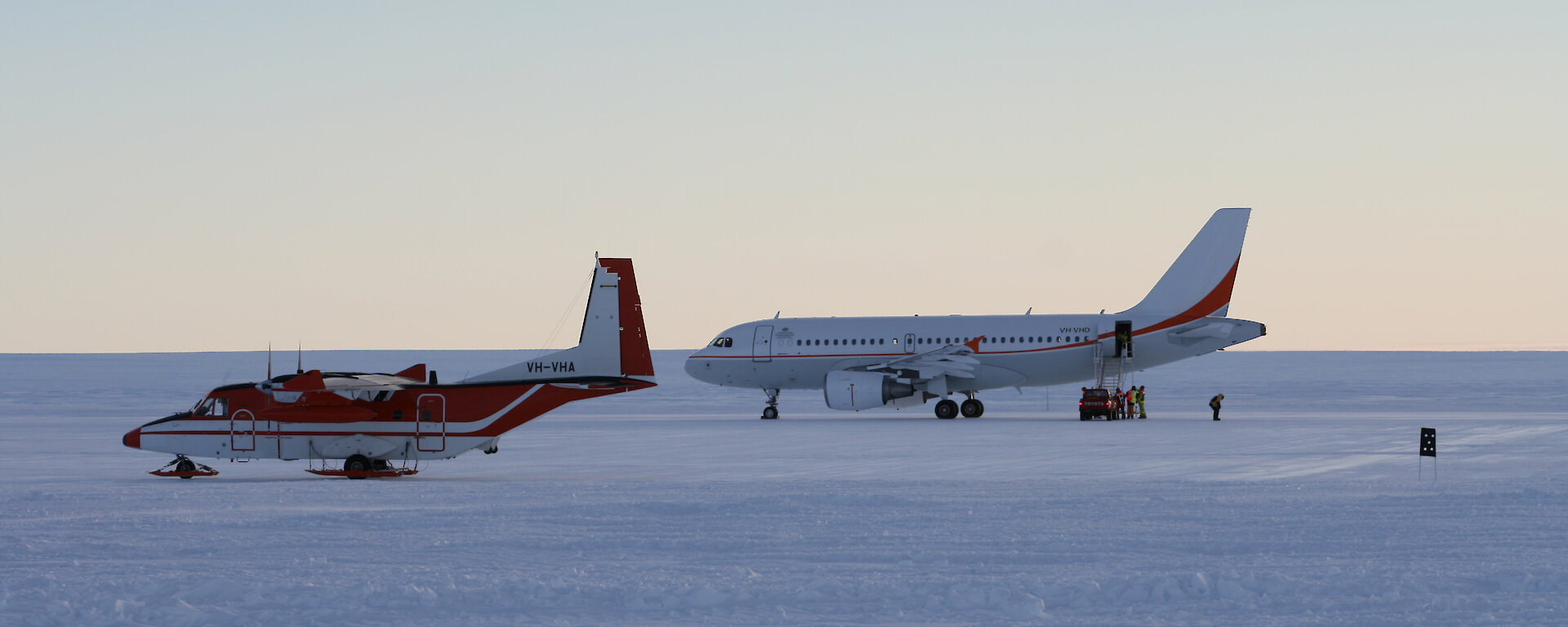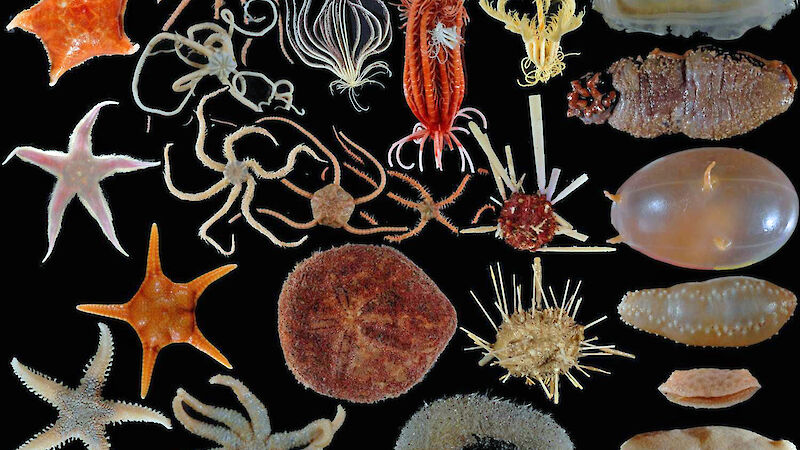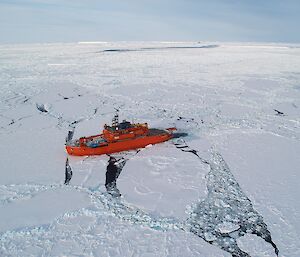Australian Antarctic research made huge advances and exciting new discoveries in the first season of the International Polar Year (IPY). The IPY officially runs from March 2007 until March 2009, to enable one full year of research to be conducted at both poles. This issue of the Australian Antarctic Magazine features just some of the research conducted for two of Australia’s major IPY projects — the Collaborative East Antarctic Marine Census (CEAMARC) and the Sea Ice Physics and Ecosystem eXperiment (SIPEX).
New species and remarkable communities were discovered during the CEAMARC flagship voyage for the Census of Antarctic Marine Life, which is investigating the distribution and abundance of Antarctic marine biodiversity to provide, among other things, a reference point from which to monitor the impact of future environmental and climate change. Three ships combed a region adjacent to Dumont d'Urville in East Antarctica, surveying pelagic (open ocean) waters and the sea-bed up to 2100m depth. The combination of traditional sampling gear and cutting-edge imaging technology revealed many surprises — from giant jellyfish, sea spiders and marine worms, to tiny and exquisitely formed zooplankton. Many species were new to the researchers involved and may even prove to be new records for the region and for science. This issue of the magazine covers some of the research and other projects conducted as part of CEAMARC and reveals the amazing diversity of life that survives under extreme conditions.
The SIPEX voyage provided the first opportunity for Australia to study the Antarctic sea ice zone in early spring — the period of maximum sea ice extent. The multi-disciplinary experiment studied the physics and biology of the sea ice, and the interactions and dependencies of the ice structure, thickness and snow properties and their effects on the under-ice algae and ecosystem of the Southern Ocean. This issue looks at some of the research conducted during SIPEX and the education and outreach opportunities embraced by two Tasmanian teachers who joined the voyage. The pair helped scientists to share their work with students and teachers around the world – an initiative strongly endorsed for all IPY projects.
Continuing the theme of education and outreach, the Australian Antarctic Division this year supported three Arts Fellows in their ambitions to promote Antarctic people and places through their various mediums.
A range of other IPY-related projects were also supported this year including atmospheric research at Davis, which provided the first observations of noctilucent clouds in the Southern Hemisphere using satellite and ground-based radar and LIDAR measurements simultaneously.
Notable also was the extraction of an ice core from Law Dome for analysis of a short-lived radio-isotope. This research was made possible by the historic introduction of the first passenger flights of the Airbus A319 between Hobart and Australia's Wilkins Runway in January. The aircraft enabled researchers to fly the ice core back to Australia in time to record the short-lived beryllium-7 signature – a feat previously not possible because of the lengthy sea journey. As noted by both the Governor General (during the opening of the Wilkins Runway) and our new Environment Minister, Peter Garrett, the air link opens up new opportunities for research in Antarctica.There is more IPY-related research than there are pages in this magazine, but future issues will continue to update you on the important work this significant year has set in train.
AJ PRESS
Director, AAD




